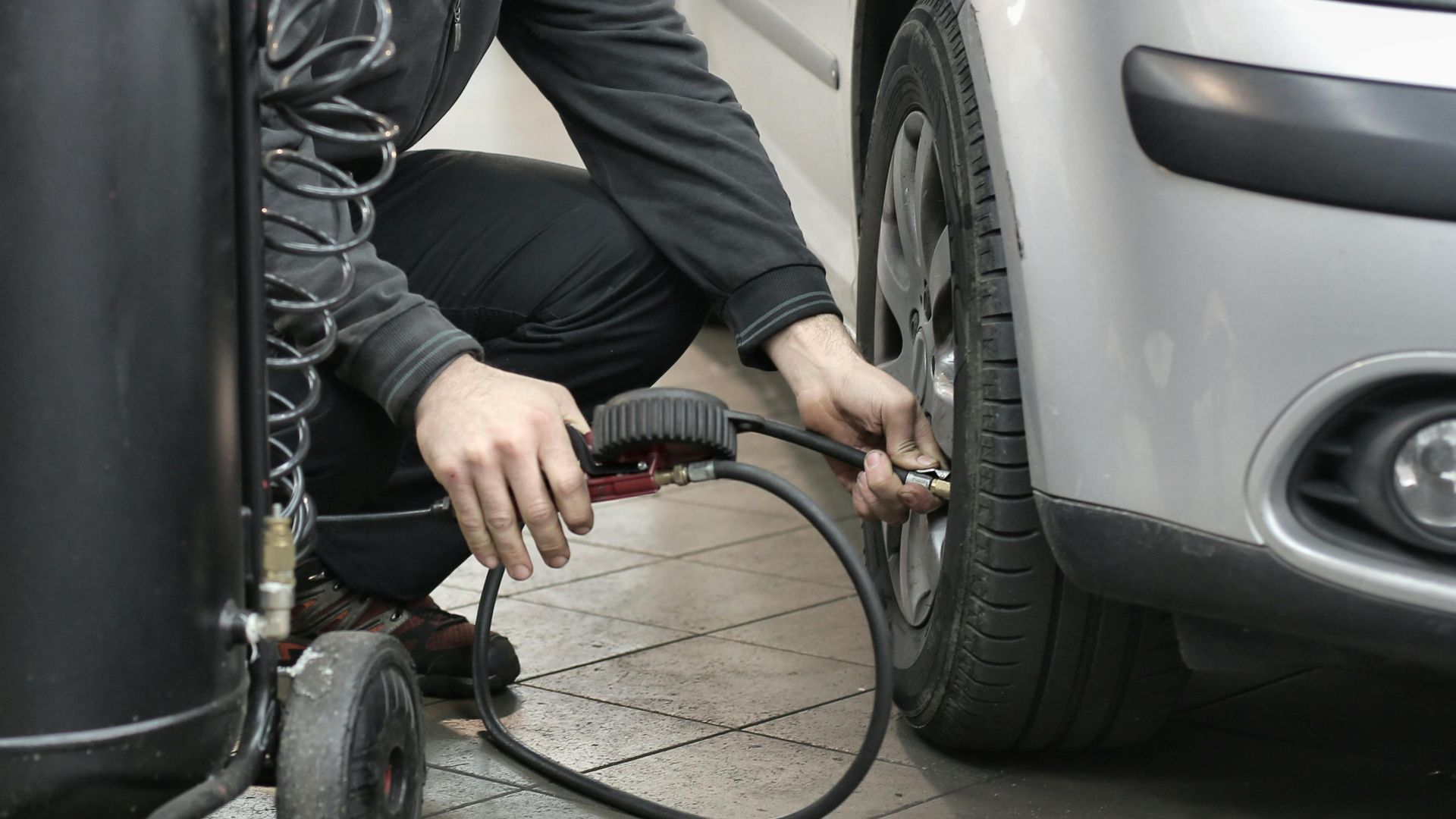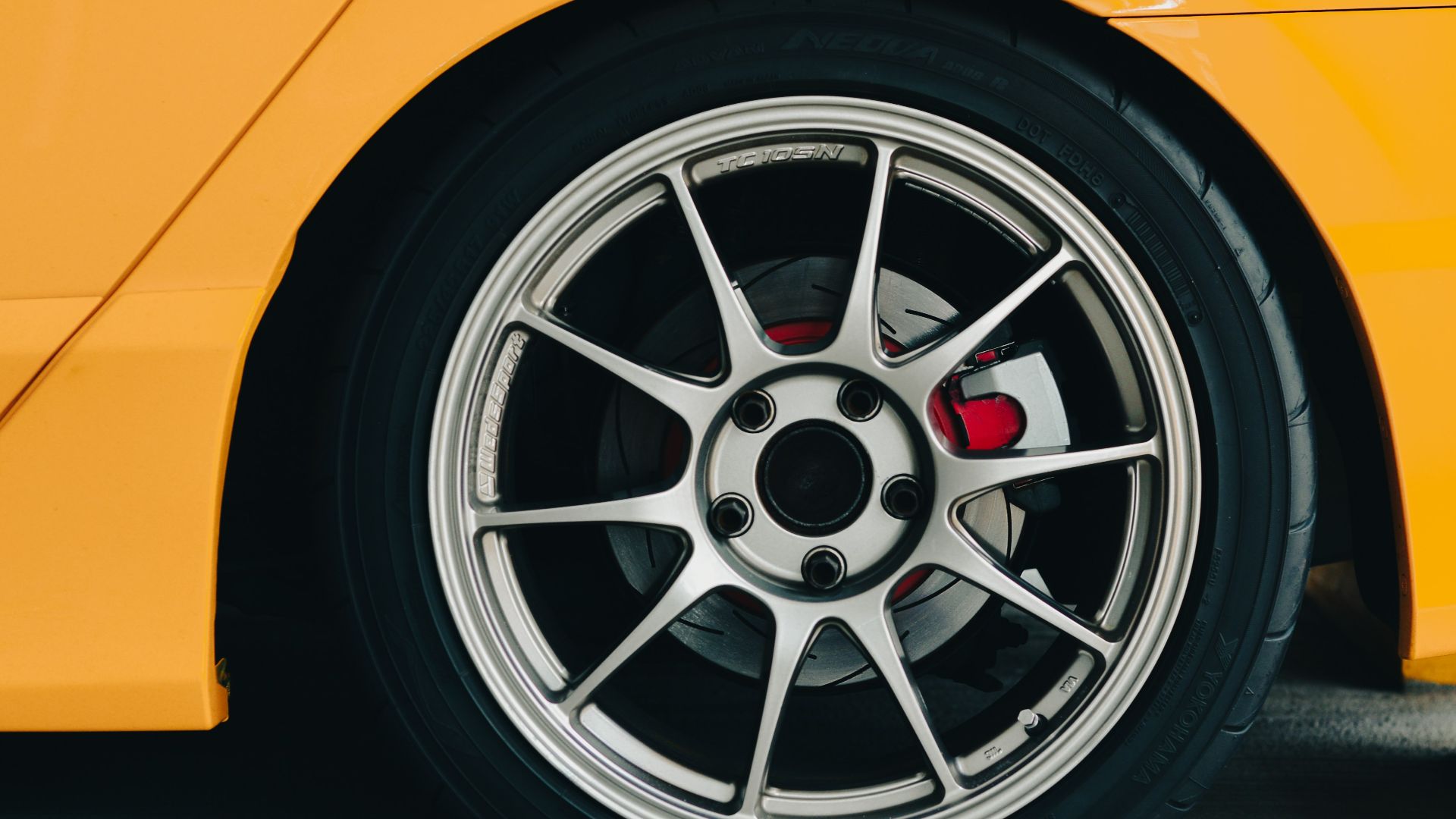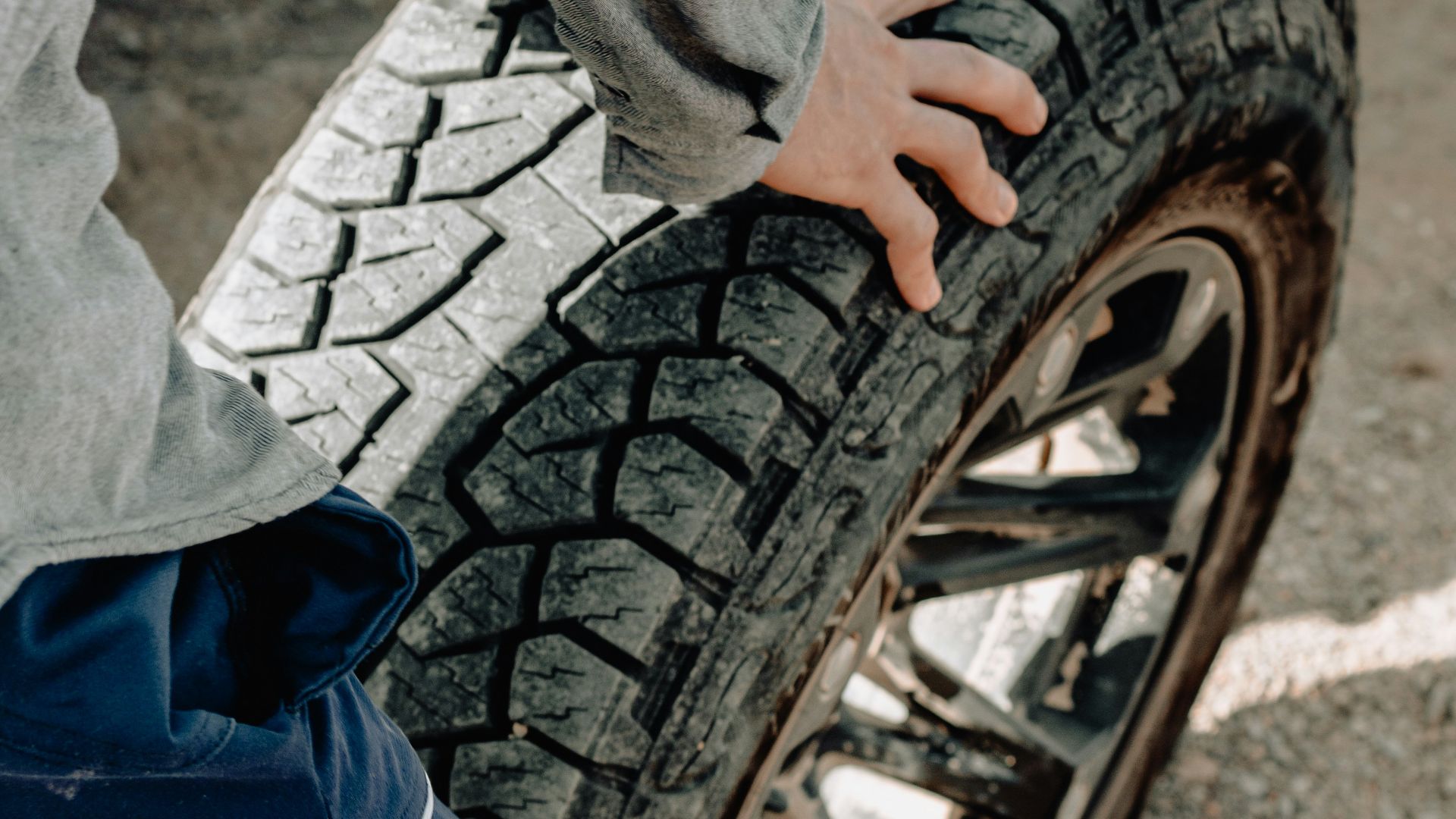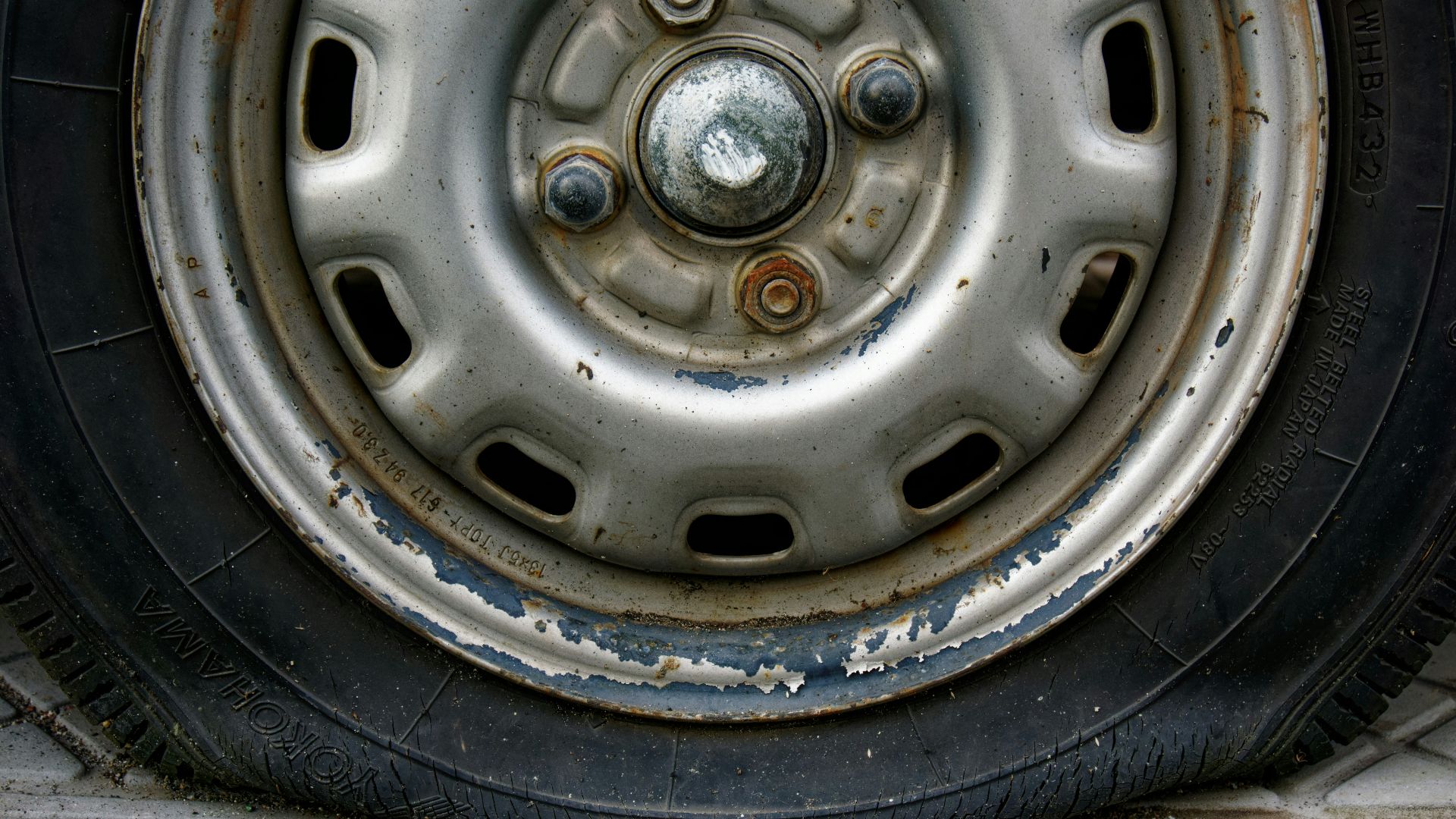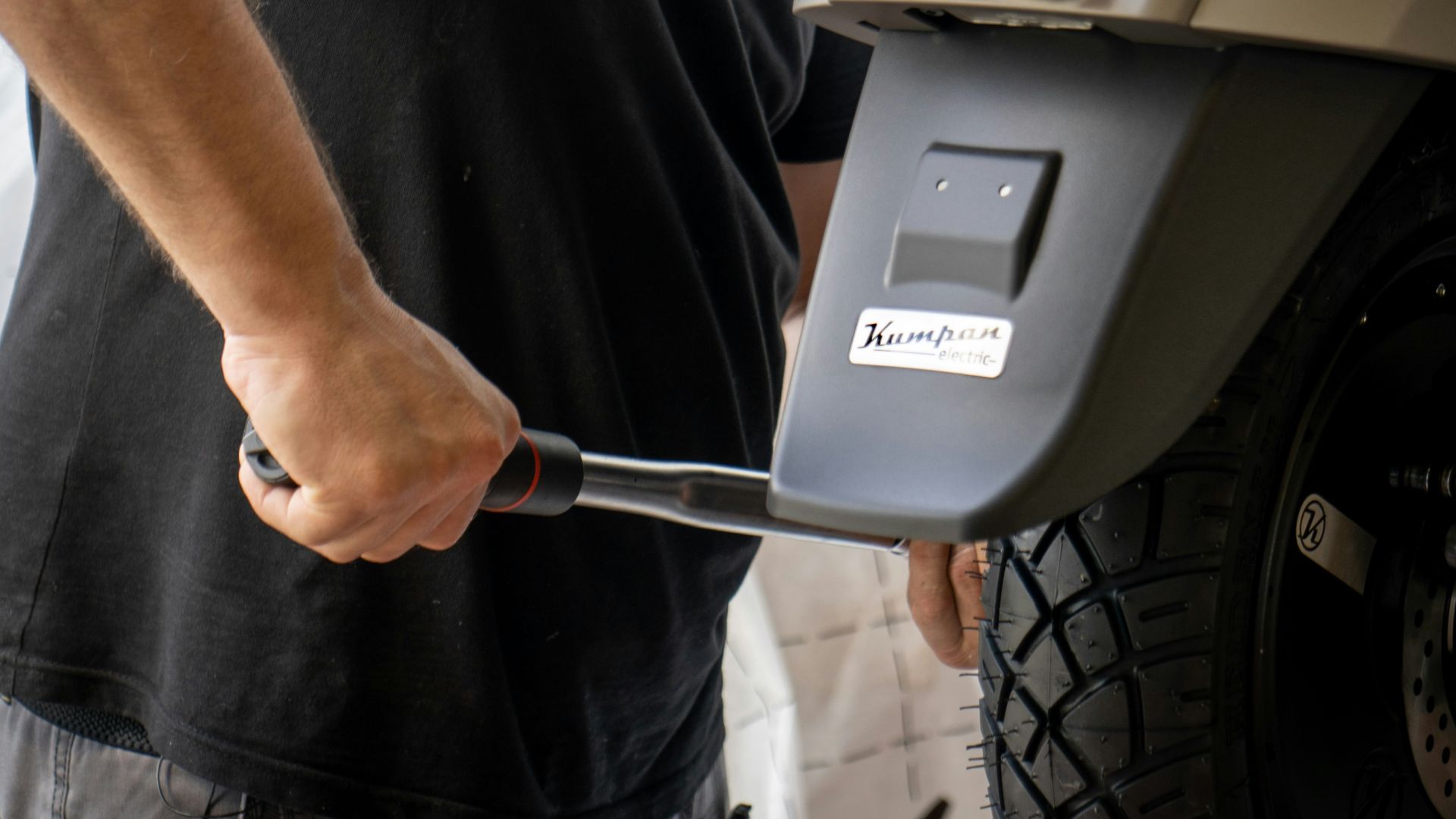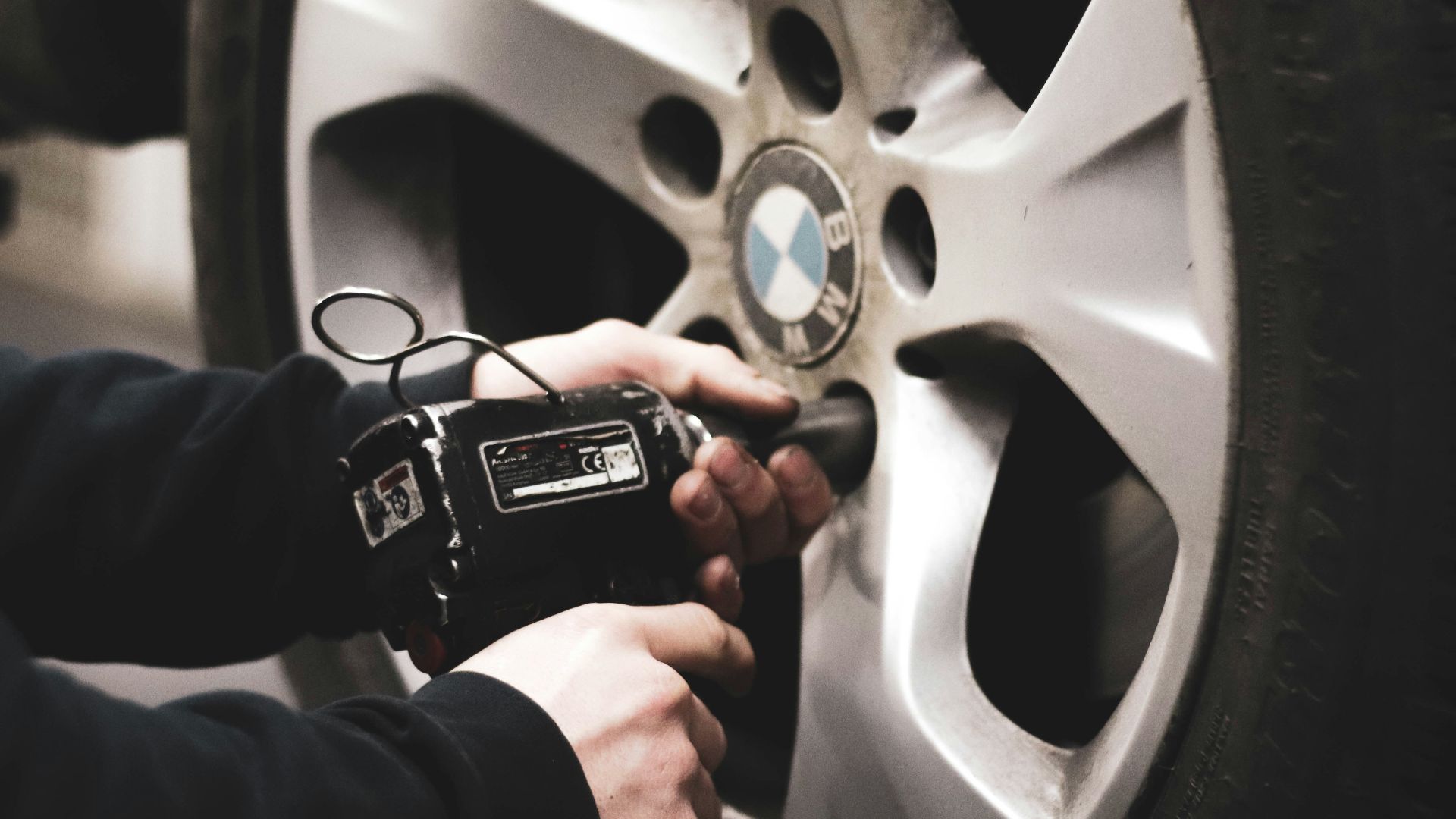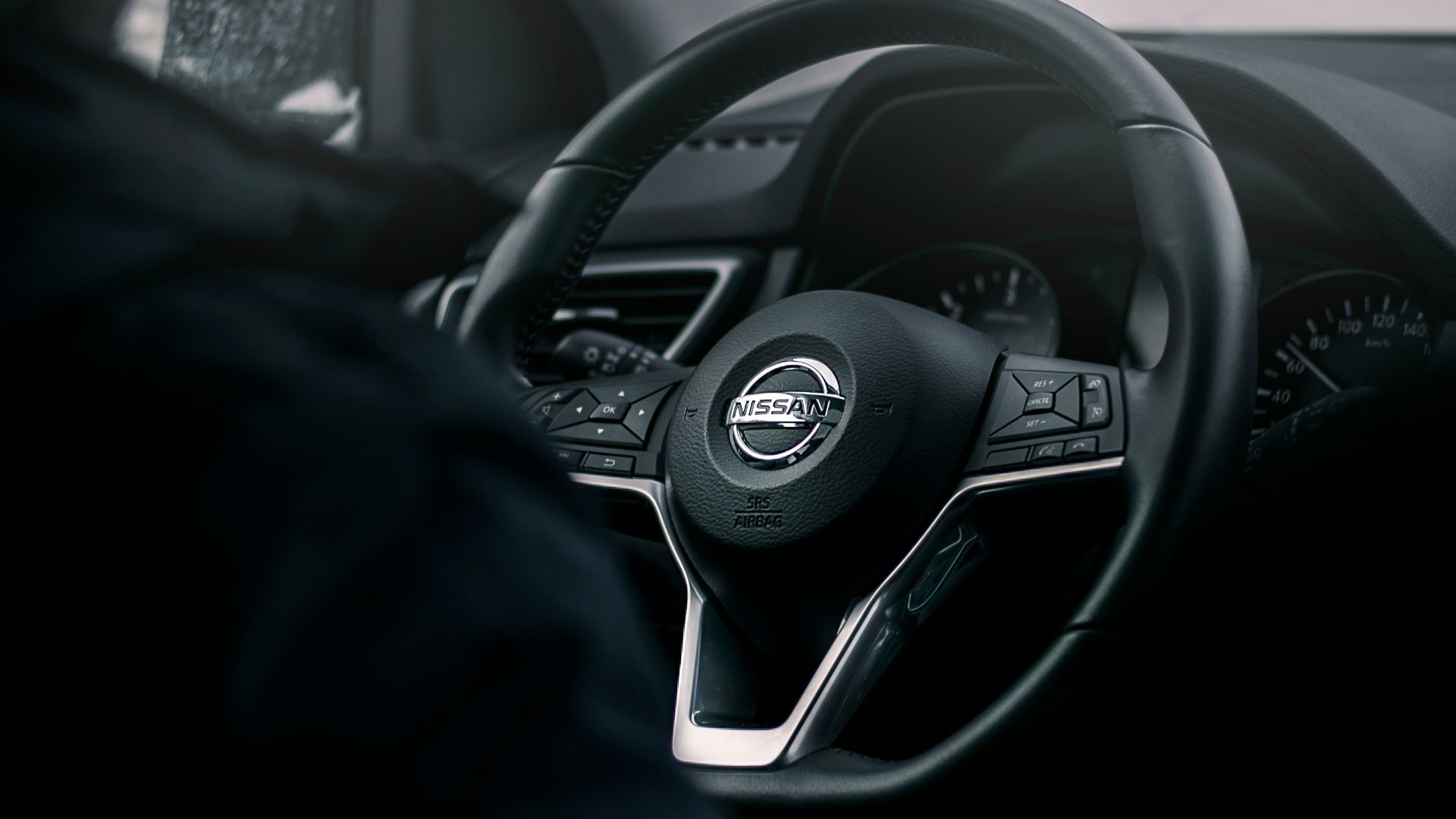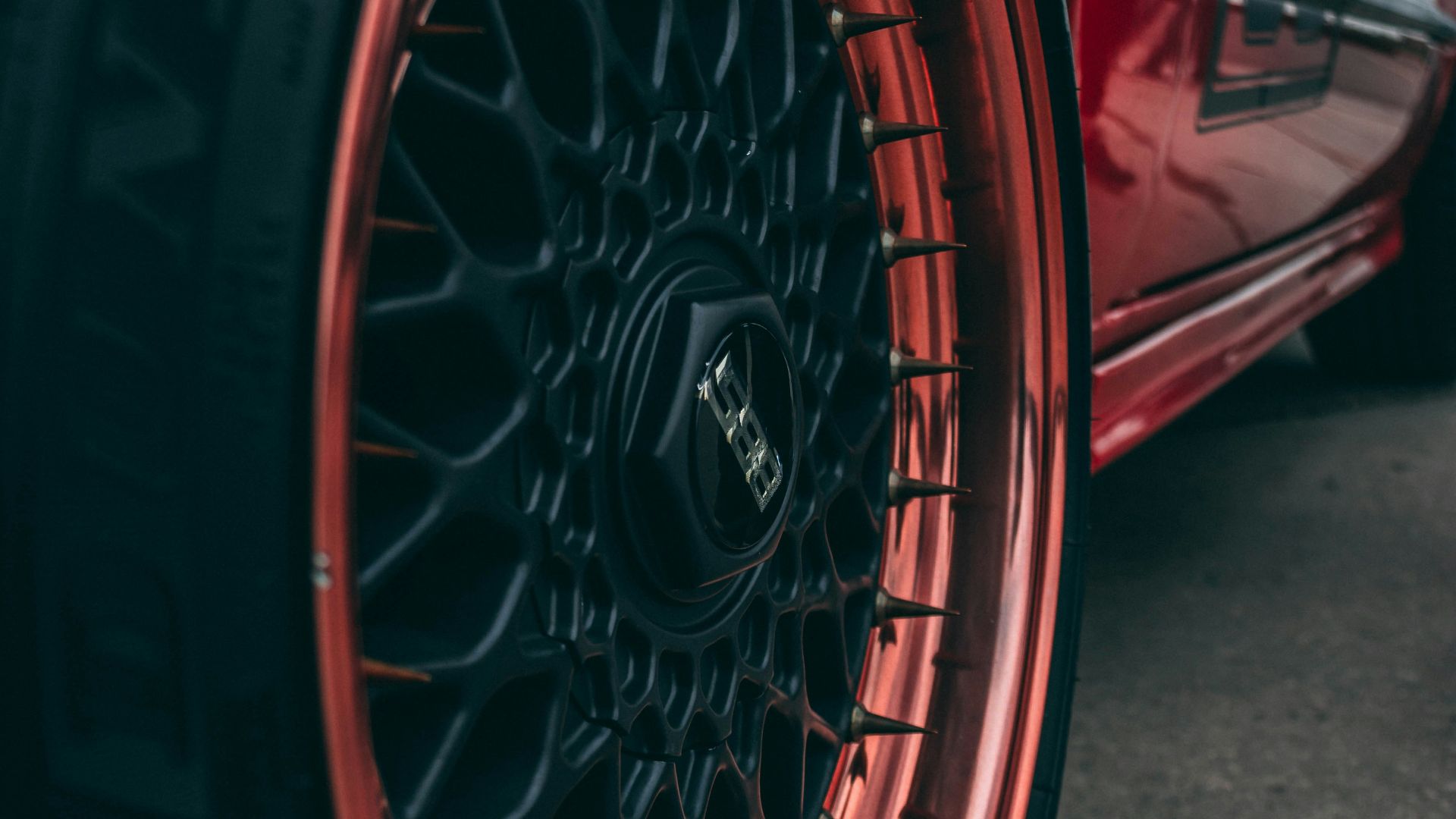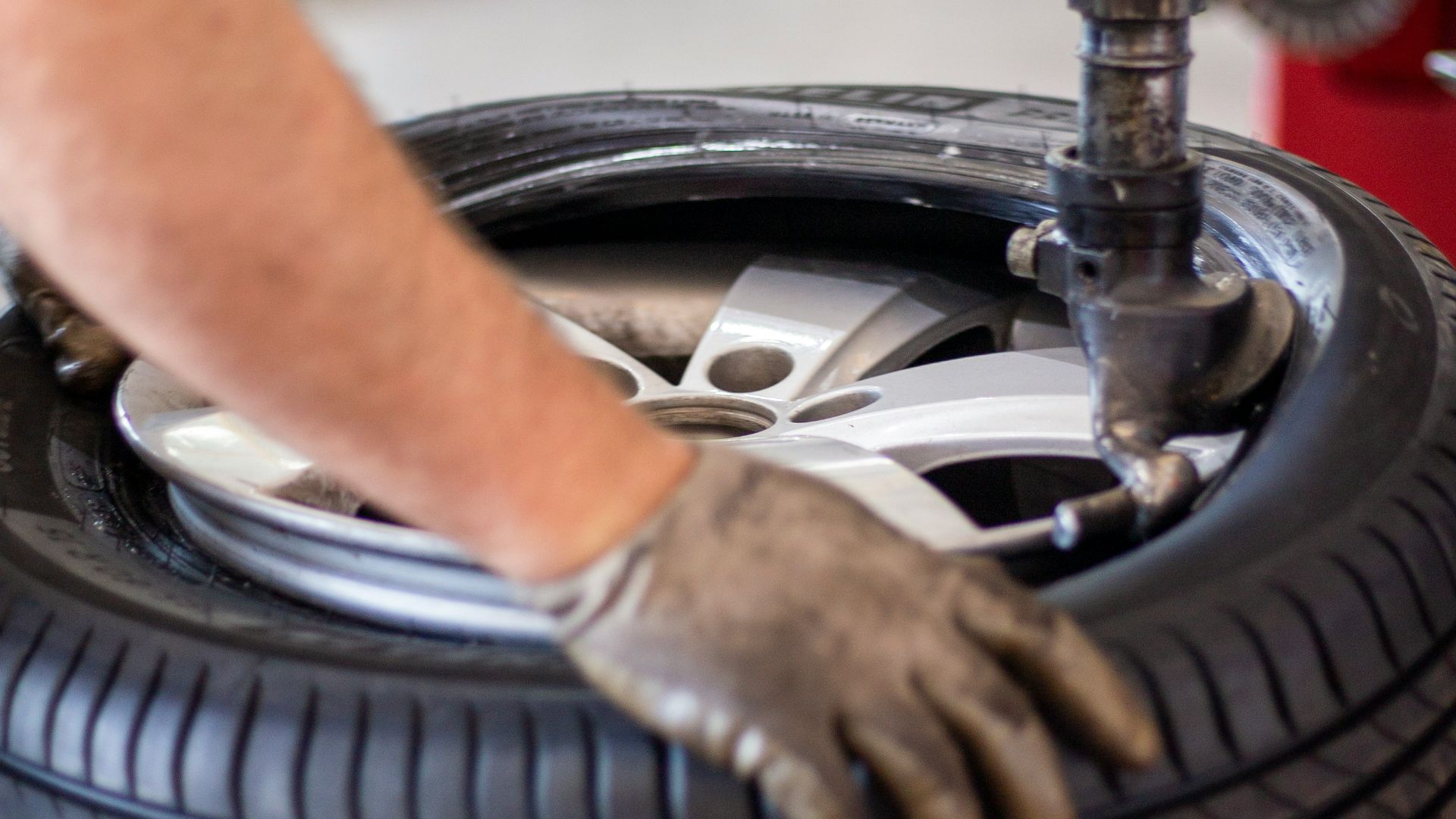Making Them Last
Tires may seem like a small part of the car, but they’re the components exposed to the most wear and tear. Tires are one of those things you’ll be replacing, maintaining, and fixing often. From summer to winter tires, puncture holes, to flats, it can get quite expensive. However, there are certainly things you can do to alleviate this and make them last longer. In the same breath, there are things you definitely don’t want to do, as they’ll damage your tires and cost you more in the long run!
1. Low Tire Pressure
Underinflated tires flex more than necessary, which creates excess heat buildup. Heat is the number one enemy of rubber and lowers your tire’s structural integrity. Additionally, low pressure wears the tread shoulders faster, decreasing overall longevity.
2. Overinflating
Just like underinflating, overinflating tires is not the solution. Overinflated tires stiffen up and narrow the tire's contact patch with the road, causing the center of the tread to wear out faster. It also increases the risk of impact damage from potholes or road debris.
3. Wheel Alignment
Misaligned wheels do not roll straight. This side-to-side angle grinds rubber off the tread and causes cupping or feathering. In addition to shortening tire life, it also impacts handling and braking.
4. Skipping Tire Rotations
Tires do not wear evenly because the load and turning forces on each tire are different depending on its position on the vehicle. When not rotated, one or more tires will wear twice as fast as others. Differences in tread depth cause vibration and loss of traction.
5. Aggressive Driving
Hard acceleration, aggressive cornering, and abrupt braking all put additional stress on tires. These maneuvers cause friction that wears off rubber faster. Hard driving also builds up more heat, which can degrade the tire's internal strength.
6. Too Much Cargo
All tires have a maximum load capacity. Overloading stresses the tire components and causes excessive heat buildup. The additional stress accelerates the breakdown of the internal belts and premature wear of the tread.
7. Road Hazards
Potholes or curbs can damage sidewalls or cause unseen internal separation. Tires may appear normal, but internal belts may be damaged. This can lead to irregular wear or premature failure.
8. Punctures and Leaks
Slow leaks result in a tire that gradually becomes underinflated. The problem is not discovered until the tire is often worn down to the cords. Small holes can grow into major problems if they are not repaired in a timely manner or if the only "repair" performed is simply reinflating them.
9. Old Tires
Tires wear out over time, even if they are not driven frequently. Rubber gets dry, brittle, and less grippy over time. Riding on old tires is more likely to result in cracking, blowouts, and accelerated tread wear, which puts you and everyone around your car in danger.
10. Wrong Tires
Winter tires in hot weather or summer tires in cold weather don’t last as long. Rubber compounds are optimized for a specific range of temperatures. Tread will wear quickly or performance will suffer if tires are used in the wrong season or conditions.
Now that we’ve talked about what shortens tire lifespans, here’s what makes them last longer.
1. Regularly Check Pressure
Maintaining proper inflation is the simplest and most effective way to maximize tire life. It promotes uniform tread wear and minimizes heat buildup. Use a quality gauge and inflate to the pressure listed on the driver door label.
2. Rotate Tires Regularly
Rotation ensures that each tire wears about the same amount. This keeps tread depth uniform and handling balanced. Most mechanics can do this at the same time as an oil change, or around every 5,000 to 7,000 miles.
3. Annual Wheel Alignment
Annual alignments are an important part of maintaining straight-tracking. They also ensure each tire meets the road at the proper angle, reducing uneven wear and improving fuel economy. Alignment also contributes to safe braking and steering performance.
4. Driving Safely
Smooth acceleration, gradual braking, and gentle cornering can greatly prolong tire life. They minimize friction and make the rubber wear evenly. A few changes in your driving habits can add thousands of miles to your tires over time, while keeping you and others safe on the road.
5. Avoid Overloading
Don’t overload your vehicle with heavy items. Overloading causes additional stress to the tires and excessive heat buildup. Staying within the load limits helps the tire structure stay rigid and stable.
6. Inspect Your Tires
Look for nails, cuts, bulges, or uneven wear patterns. Catching issues early prevents small problems from turning into dangerous failures. A quick monthly inspection can greatly increase longevity and safety.
7. Avoid Going Off-road
Potholes, debris, and broken pavement are sometimes unavoidable if your local roads are rough, but driving on dirt roads or off-road terrain can really damage your tires. Avoiding this reduces the risk of sidewall and internal belt damage. Driving on proper roads with no rubble or debris can prevent early tire replacement.
8. Proper Storing
If you change your tires from winter to summer or vice versa, keep the set not in use in a cool, dry place. Store them away from direct sunlight and high temperatures to avoid premature aging of the rubber. Proper storage will help both sets last longer.
9. Seasonal Tires
Choosing tires appropriate for your local climate can save them from wearing out too soon. All-season tires are suitable for mild weather, while winter tires are better for cold conditions. Sticking to the right type of tire preserves traction and durability.
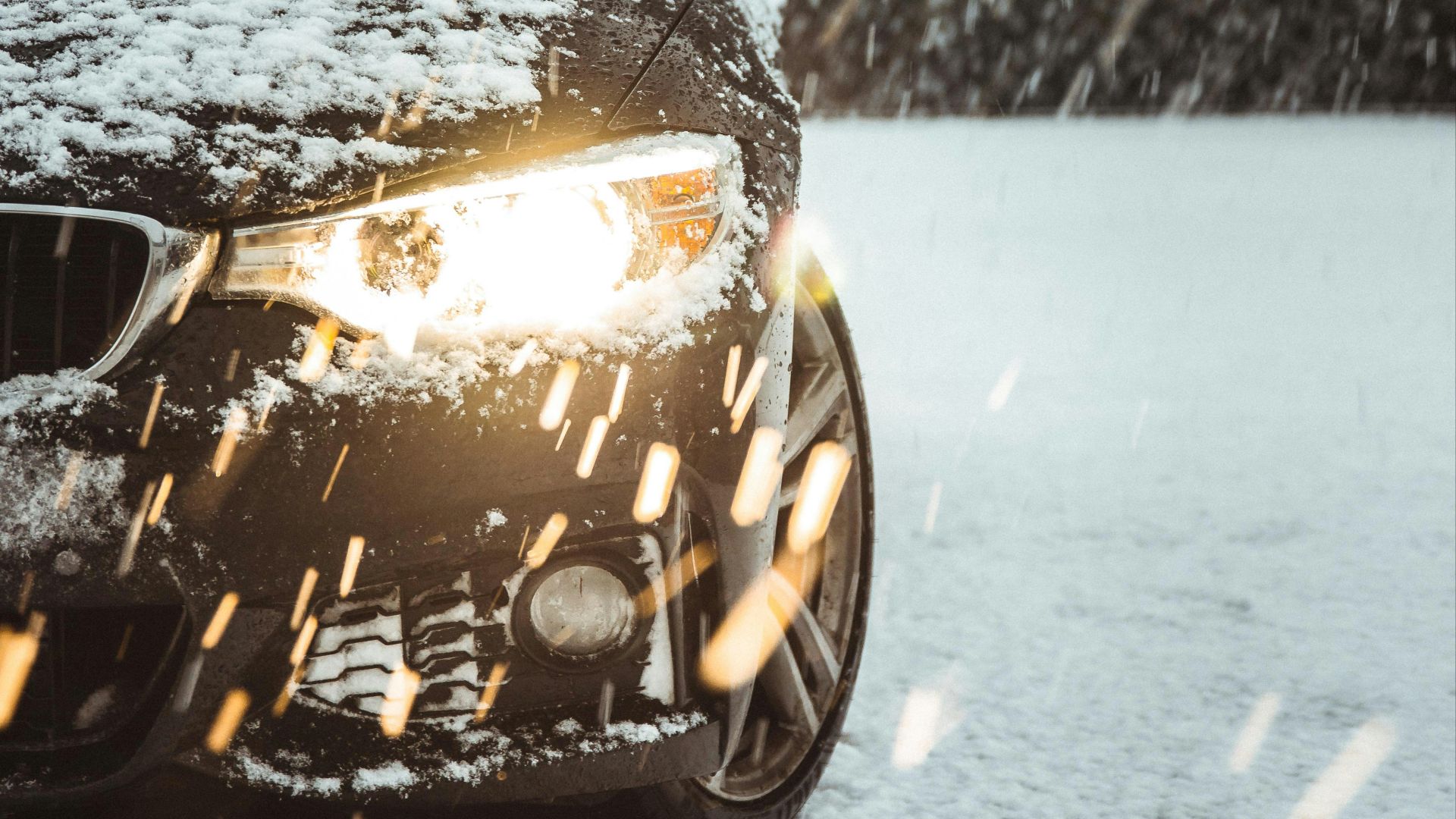 Danny Sleeuwenhoek on Unsplash
Danny Sleeuwenhoek on Unsplash
10. Maintain Suspension Components
Damaged shocks, struts, or bushings can lead to uneven tire wear. Tread wear can occur in abnormal patterns when the suspension isn’t keeping the tire planted properly. Suspension issues should be repaired to extend tire life and improve ride quality.




